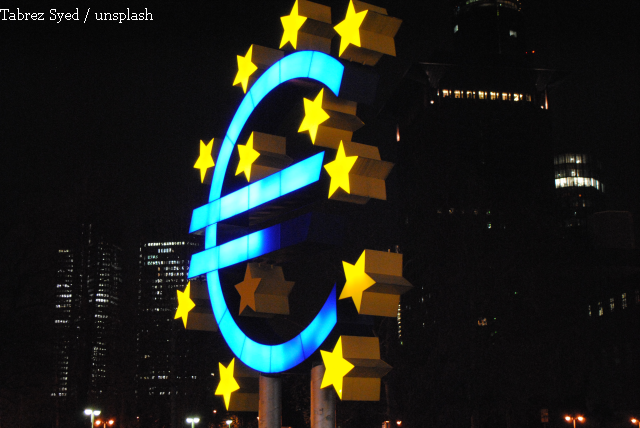Agreement on climate change
The new Paris agreement sets the major climate guidelines after 2020.

Corina Cristea, 14.10.2016, 13:31
Signed in 2015 by almost 200 countries with a view to curbing global warming, the Paris Agreement on Climate Change is to come into effect in November. This international agreement, setting the guidelines for a global approach to climate change after 2020, is the third major document in this line, after the UN Convention on Climate Change of 1992 and the Kyoto Protocol of 1997. US president Barack Obama has confirmed the agreement will come into effect in November after having been adopted by some of the worlds major polluters.
President Obama said ‘the United States and China, the worlds two largest economies and largest emitters formally joined that agreement. And today the world has officially crossed the threshold for the Paris Agreement to take effect. Today, the world meets the moment. And if we follow through on the commitments that this agreement embodies, history may well judge it as a turning point for our planet. The White House leader has described the accord as “the best possible shot to save the one planet weve got. In Bucharest professor PhD Mircea Dutu recalls the context on the conclusion of this accord by presenting the situation of the past years in terms of climate change.
We have to admit, in spite of some peoples opinions, that what we are actually witnessing now is a slowdown in the climate change process, in reality that process has been maintained. With the emergence of such global phenomena as El Nino or La Nina, the average temperatures oscillated, mainly rising above the known averages. Its common knowledge that since the year 2000 we have been witnessing the warmest period of more than one decade in recorded weather history and that extreme weather phenomena tend to become regular. That makes some people refer to the situation as climate derangement, others as climate change and the most pessimistic even speak of a change in the entire climate system, as we know it since mid-twentieth century, the 1960s. Worth noting is that with carbon dioxide emissions exceeding the critical threshold of 400 parts per million, well have to expect a rise in average temperatures at world level, unless, of course, major factors intervene. Under the circumstances, to prevent an unbalance that would lead to a wave of climate disturbances and radically alter human life as we know it, action has been taken for some time at an international level. The first firm signal and document in this respect was signed in Rio in 1992, namely the Framework Convention on Climate Change. This was followed by the Kyoto Protocol and the question has arisen in recent years as to what we do post-Kyoto.
Unlike the previous UN agreement on global warming, the Kyoto Protocol of 1997, which needed 8 years to come into force and which only targeted the rich countries, the Paris Agreement will be enforced quickly. One reason for this may be the fact that according to the forecasts made by a number of UN studies, the world average temperature is expected to grow by 3 degrees Celsius or more by 2100 based on current trends. 2016 is expected to be the hottest in record since the 19th century. Academy member Mircea Dutu tells us about the novelties of the Paris Agreement:
“The Paris Agreement, which was signed by 195 member states, is the first success of a negotiation process held under the UN aegis beginning in 2000. The scope of the treaty is universal and a matter of international law, which means it also applies to domestic law, despite being of a political nature. What is unprecedented is the fact that civil society is engaged and has mobilized itself alongside the worlds states to carry out the goals set, namely limiting the rise in global temperature to 2 degrees Celsius compared to pre-industrial levels, and if possible, to 1.5 degrees. Another objective has to do with making sure that greenhouse gas emissions are neutralized starting 2050. At the same time, the treaty sets voluntary national quotas to be revised every 5 years. Adopted by consensus, the Paris Treaty also has a number of major shortcomings. First of all, it is not mandatory, with national contributions remaining voluntary. Secondly, it does not contain any form of mechanism of verification, being instead based on transparency and the states own willingness to respect the commitment they have made.
As far as Romania is concerned, Professor Mircea Dutu says this country has wholeheartedly committed to reducing greenhouse gas emissions, has already exceeded the standards and proposed objectives with regard to the share of renewable energy in total energy consumption and has the ability to fulfill the European objectives in the field.
(Translated by D. Bilt and C. Mateescu)






























